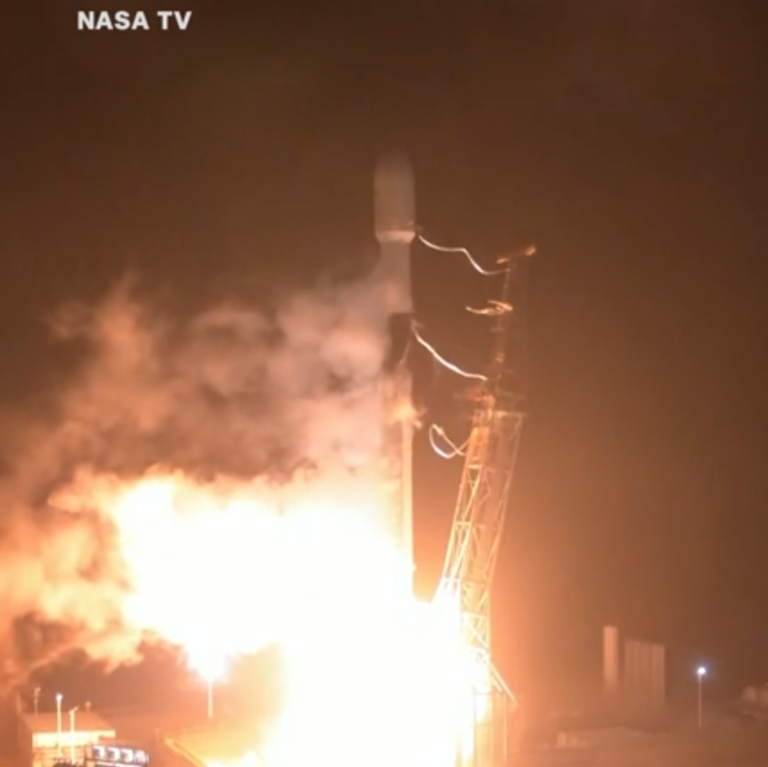
What Are Potentially Hazardous Asteroids and Is an Asteroid Predicted to Hit Earth?
BY
An asteroid over twice the size of the Empire State Building will make a close approach to Earth on January 18.
The asteroid, 7482 (1994 PC1), will pass within around 1.2 million miles of Earth.
This means that the asteroid is both close enough and large enough, with a diameter of around 1,000 meters, to be defined as a Potentially Hazardous Asteroid (PHA)by NASA‘s Center of Near-Earth Object Studies (CNEOS). This is despite the fact that there is no risk of 7482 (1994 PC1) actually impacting Earth.
There are two main reasons an asteroid is labeled a PHA, and these space objects can remain classified as “potentially hazardous” even after a collision course with Earth is ruled out for the foreseeable future.
CNEOS defines a PHA as a Near-Earth Object (NEO) that comes within around 4.6 million miles or closer to Earth and has an absolute magnitude of 22.0 or less. Absolute magnitude is the brightness of an object viewed from Earth if it was placed within 1 astronomical unit (AU) or around 93 million miles of our planet.
This may seem like an odd way to define an object as being hazardous, but such an absolute magnitude would indicate a diameter of around 140 meters.
University of Illinois Urbana-Champaign astronomy professor and chair Leslie Looney told Illinois News Bureau: “Anything over 140 meters in diameter could cause major damage to cities or coasts, so any NEO with orbits that cross Earth’s orbit is classified as a potentially hazardous object.”
Looney went on to explain that of the approximately 28,000 NEOs that NASA is aware of, around 2,000 of these are classified as PHAs. None of these objects are predicted to impact Earth within the next century.
“None of them are likely to impact the planet in the next 100 years, but we still watch their orbits for any shifts,” Looney continued. “The orbital paths of NEOs that will be near-Earth in more than 100 years cannot be predicted very well.”
To continue reading this article, please click the link below…